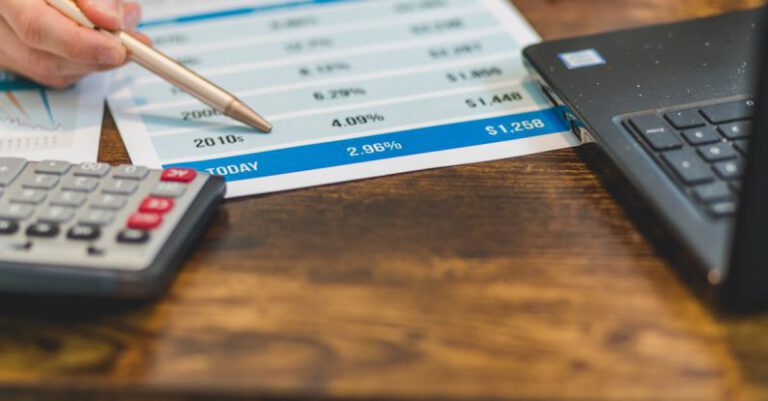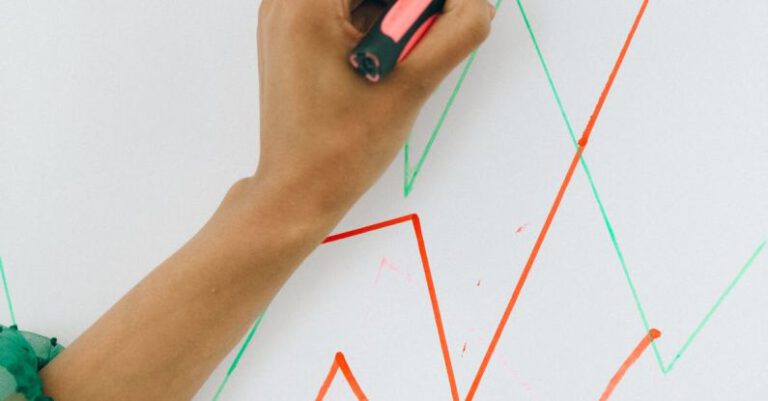The Role of Consumer Spending in Economic Recovery
Consumer Spending: A Key Driver of Economic Recovery
Economic recovery is a complex and multifaceted process that involves various sectors and factors. One crucial element that plays a significant role in the recovery of any economy is consumer spending. The collective actions of individual consumers have a profound impact on the overall economic health of a nation. In this article, we will explore the pivotal role that consumer spending plays in driving economic recovery and the factors that influence consumer behavior in times of economic uncertainty.
The Power of Consumer Spending
Consumer spending accounts for a significant portion of economic activity in most countries around the world. When consumers are confident about their financial situation and the overall state of the economy, they are more likely to increase their spending on goods and services. This increase in spending creates a ripple effect throughout the economy, leading to higher demand for products, increased production, and ultimately, economic growth.
During times of economic downturn, such as recessions or financial crises, consumer spending tends to decrease as individuals become more cautious with their finances. This decline in spending can exacerbate the economic downturn, leading to further job losses, decreased production, and a general slowdown in economic activity.
Consumer spending acts as a catalyst for economic recovery by stimulating demand for goods and services, which in turn encourages businesses to expand production and hire more workers. As businesses see an uptick in consumer demand, they are more likely to invest in new equipment, technology, and infrastructure, further fueling economic growth.
Factors Influencing Consumer Behavior
Several factors influence consumer behavior and spending patterns during times of economic uncertainty. One of the most significant factors is consumer confidence. When consumers feel optimistic about the future and their financial prospects, they are more likely to increase their spending. On the other hand, when consumer confidence is low, individuals tend to cut back on discretionary spending and focus on essential goods and services.
The state of the labor market also plays a crucial role in shaping consumer behavior. High levels of unemployment or job insecurity can lead consumers to reduce their spending and adopt a more conservative approach to their finances. Conversely, a strong job market with low unemployment rates tends to boost consumer confidence and spending.
Government policies and initiatives can also impact consumer spending patterns. For example, stimulus programs that put money directly into the hands of consumers can stimulate spending and jumpstart economic activity. Tax cuts, rebates, and other incentives can encourage consumers to open their wallets and support businesses.
The Role of Savings and Debt
Savings rates and levels of consumer debt are additional factors that influence consumer spending during times of economic recovery. High levels of personal savings can provide a buffer for consumers during periods of economic uncertainty, allowing them to maintain their spending levels even in the face of economic challenges. On the other hand, excessive levels of consumer debt can weigh down on individuals, limiting their ability to spend and contribute to economic growth.
During economic recoveries, policymakers often pay close attention to consumer spending trends and take steps to encourage increased spending. By promoting consumer confidence, supporting job creation, and implementing targeted policies to boost spending, governments can help facilitate the recovery process and set the stage for sustained economic growth.
In conclusion, consumer spending plays a crucial role in driving economic recovery by stimulating demand, encouraging business investment, and supporting overall economic growth. By understanding the factors that influence consumer behavior and implementing policies that support increased spending, policymakers can help pave the way for a robust and sustainable recovery. As consumers continue to open their wallets and support businesses, the path to economic recovery becomes clearer, setting the stage for a brighter economic future.






